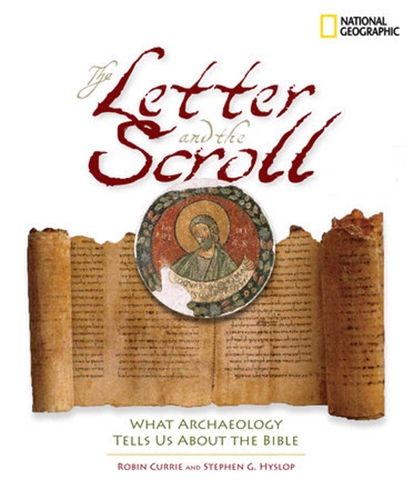
The Letter and the Scroll: What Archaeology Tells Us About the Bible
(Hardback)
Publishing Details
The Letter and the Scroll: What Archaeology Tells Us About the Bible
By (Author) Stephen G. Hyslop
National Geographic Society
National Geographic Society
17th November 2009
United States
Classifications
General
Non Fiction
Criticism and exegesis of sacred texts
Archaeology by period / region
220.93
Physical Properties
Hardback
336
Width 239mm, Height 283mm
Description
For 2,000 years and more, the Bible and its precepts have shaped world culture and civilization, whether Judeo-Christian or not. The Bible is a touchstone of religious belief, literary accomplishment, morality, and history unlike any other. Biblical interpretations have changed over the millennia, but the past 100 years have witnessed some of the most important transformations in our perspective, and no recent influence has been greater than archaeology.In the mid-20th century, the unearthing of the Dead Sea Scrolls-to cite just one of many modern finds-deepened our understanding of the Biblical world, its peoples, and their beliefs. Since then, new evidence has appeared-the Tel Dan inscription, the Merneptah Stele, and the Gabriel Revelation-with each revelation providing richer insights into the scriptural narrative and the way these stories were written and handed down, confirming the details of historical events and personages, or clarifying the meaning and chronology of biblical ideas.Meticulous, scholarly, yet always accessible, this is required reading for anyone interested in both Old and New Testaments and the creeds, cultures, and civilizations of ancient Hebrews and early Christians alike.
Author Bio
Stephen Hyslop is an author and editor who has written several books on American and world history including Eyewitness to the Civil War and National Geographic Almanac of World History.
Robin Currie has written for a wide range of publications and publishers, mostly on historical topics.
